Clusters of cells in the lab spontaneously formed brain waves!
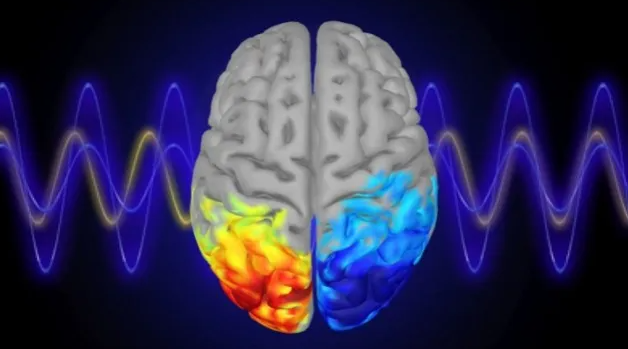
As lentil-sized clusters of nerve cells grow in a lab dish, they begin to emit rhythmic electrical signals, these oscillations sharing some characteristics with those found in the brains of developing human babies, the researchers report. Three-dimensional spheres of human brain cells, called brain organoids, are extremely simple models of the human brain, yet these easy-to-obtain organoids may offer a better way to study how a brain is made and how that process can go wrong.
For the study, the researchers coaxed stem cells into forming some of the neurons that make up the outer layer of the brain. These cortical organoids grew in laboratory dishes that contained arrays of electrodes printed on the bottom, allowing the scientists to monitor electrical activity as the organoids developed.
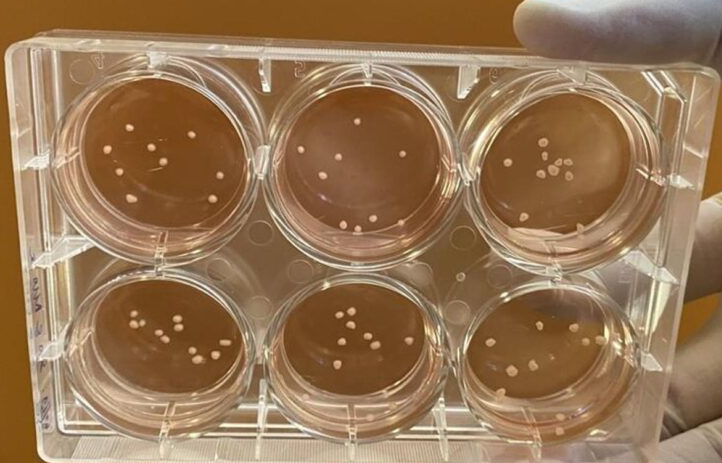

After two months, the electrodes began to pick up neural waves, or collective behavior that comes from many neurons firing signals in pairs. Between four and six months, the electrical activity in the cells grown in the lab had reached levels never seen before, those signals suggesting that the neurons in the organoids had made billions of connections. At nine months, the organoids exhibited electrical activity that echoed the brain activity of newborn babies; mathematical models suggest that the organoid is evolving in the same way as a human baby’s brain would, reaching levels similar to those of a newborn baby at nine months.
These organoids, each about a million times smaller than a human brain, lack the complex combination of cells that help shape neural waves in people. Neuroscientists are exploring ways to increase the complexity, perhaps by adding more cell types or a blood supply, and they are stimulating the organoids, emitting signals similar to what neurons might receive from other regions of the brain or from the outside world, forces known from sculpt the growing brain.
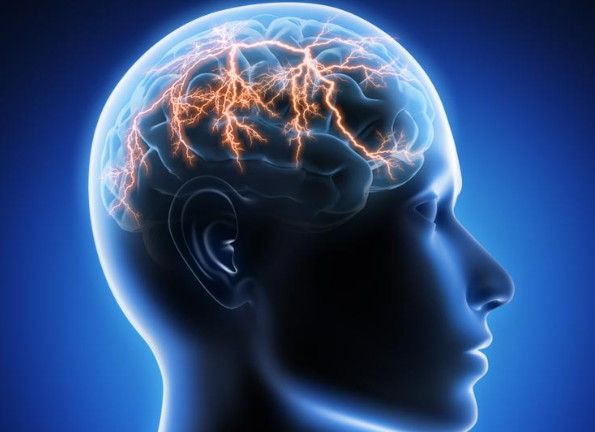
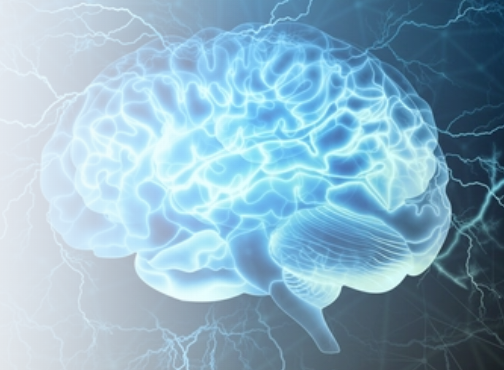

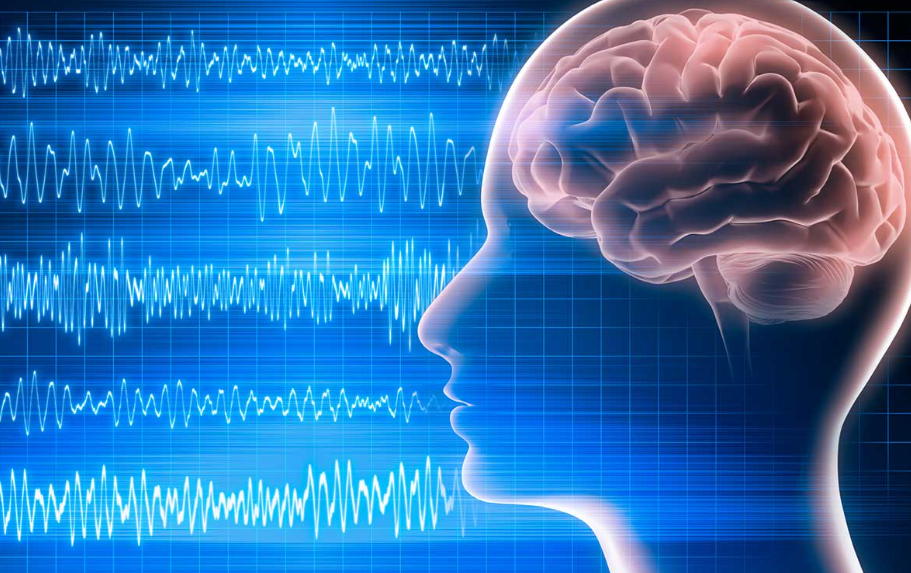
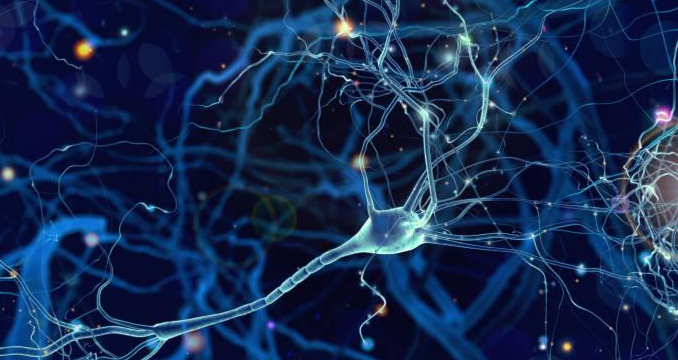
Responses